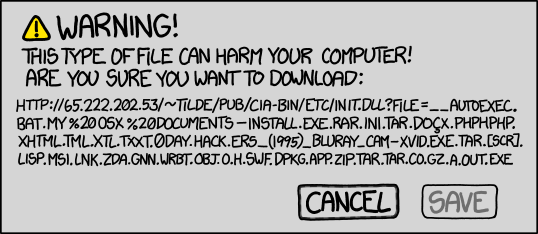
The Dangers of Ransomware
Ransomware is a problem on the rise in 2018, one that can affect even the largest businesses. So what is ransomware? Ransomware is a type of malware that affects your computer or network in one of two ways, either to prevent access to said device, or threaten to release potentially sensitive information to public. That is, unless you pay the ransom, which does not guarantee you will regain access to you computer or that your information will be secure afterwards.
In 2017, several attacks gain national attention, such as WannaCry. WannaCry spread using an exploit and infected over 200,000 computers in more than 140 countries. WannaCry demanded $300 per computer within 7 days of infection, if the ransom wasn’t paid, all the information on the computer would be deleted. FedEx, Honda, and the British National Health Service were among the infected. The damage was so severe, many Hospitals in the local network had to turn away people, as well as cancelling appointments and surgeries already scheduled. Honda had to cease production on as many as 1000 cars when the plant was infected.
Cybersecurity Ventures estimated that a total of five billion in damages were caused in 2017 alone, they also predict that 2018 will show a triple digit percent growth in 2018. These costs can be absolutely devastating, so devastating in fact that the U.S’ National Cyber Security Alliance found that at least 60% of small businesses are unable to sustain the financial burden and they go under within 6 months.

Image Credit: https://xkcd.com/1247/
No one is safe from Ransomware.
Among the list of victims are businesses both large and small, government officials and their agencies, and even the President of the United States. However, large businesses tend not to be the primary targets. Small and moderately sized businesses fall victim to these attacks more often than other institutions. Larger companies can afford to train their employees properly and employ good anti-virus. Large companies can also afford a better IT services, whether that be in-house, managed IT services or a mix of both. IT professionals can set up content filtering on inbound emails, stopping a ransomware attack dead in its tracks, and that alone can save money and a headache.
Prevention requires vigilance.
Like theft, the best way to protect yourself is by preventing the theft from occurring, because prevention is easy, catching thieves is tough. Ransomware can infiltrate and lock up an entire network with as little as an errant click in an e-mail by one careless employee. Another tip for preventing ransomware is to keep all software and updated with the latest patches, as well as windows itself. As mentioned before, anti-virus is one of the most powerful ways to prevent ransomware, and it is the final line of defense from an infection.
If you are infected, your options are limited.
Several textbooks could be written about the importance of back-ups, and ransomware is one of many reasons why it is imperative to have a decent back-up. Prevention can only go so far, even the most secure retailers in America and abroad still suffer from theft. If you are infected you must disconnect the infected device or devices as soon as possible to stop the Ransomware from spreading. A backup is the only way you can guarantee that you will recover the most important files. A backup will stop more than a few days of lost data, a few hours of downtime, and most importantly paying the ransom to the people designing ransomware.

